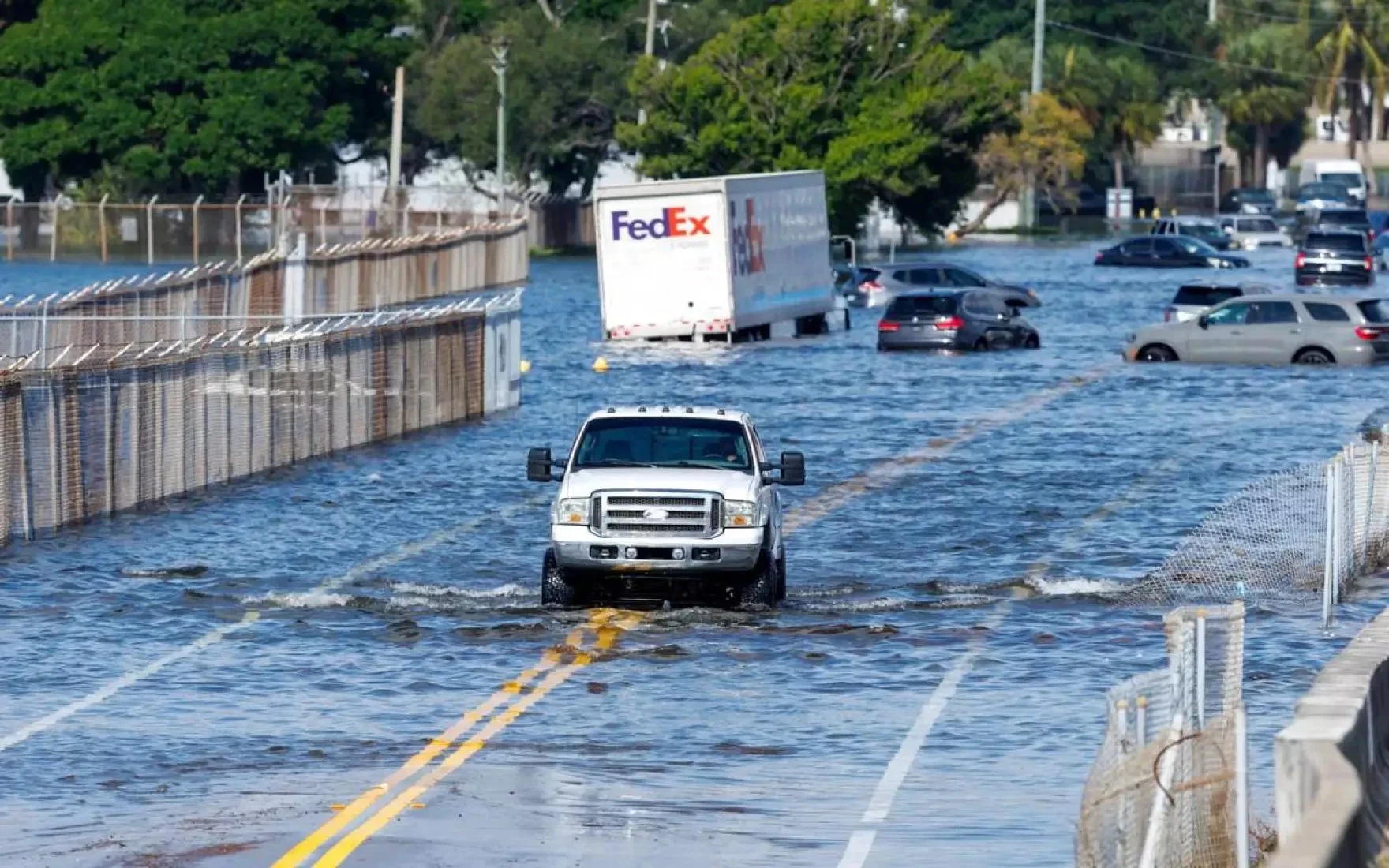South Florida Groundwater Table Considerations
Beneath South Florida’s flat terrain lies one of its greatest engineering challenges — the shallow groundwater table. With an average depth of only 2 to 6 feet below surface, groundwater conditions directly influence how civil engineers design drainage systems, utilities, and building foundations.
Understanding groundwater fluctuations is essential for developing resilient, compliant, and cost-effective sites — especially in Miami-Dade, Broward, and Palm Beach counties.
Why the Groundwater Table Matters
High groundwater tables impact nearly every aspect of land development and civil design. They determine:
Minimum elevation for stormwater pipes and exfiltration trenches.
Building pad and foundation height.
Feasibility of on-site retention or infiltration systems.
Need for waterproofing or subdrain systems.
If groundwater isn’t properly accounted for, stormwater systems can fail, causing standing water, flooding, or even structural settlement.
For seasonal design challenges, read: Wet Season Design Considerations in South Florida.
Typical Groundwater Conditions in South Florida
| Region | Average Groundwater Depth | Key Design Concerns |
|---|---|---|
| Coastal Miami-Dade & Broward | 2–4 ft below surface | Tidal influence, saline intrusion, limited exfiltration depth. |
| Inland Broward & Palm Beach | 3–6 ft below surface | Seasonal fluctuation, limited soil storage capacity. |
| Southwest Florida (Collier & Lee) | 4–8 ft below surface | Drainage canal coordination, shallow limestone formations. |
Groundwater elevations fluctuate throughout the year — rising during the wet season (May–October) and receding during the dry season (November–April).
Engineering Design Considerations
Civil engineers incorporate groundwater data into every major design element, including:
Drainage Systems: Storm pipes must be installed above the seasonal high water table (SHWT) to ensure positive flow and prevent infiltration.
Stormwater Retention: Retention ponds, exfiltration trenches, and swales must provide sufficient separation between pond bottoms and SHWT — typically 1 to 2 feet minimum, per SFWMD standards.
Foundations: High groundwater can reduce bearing capacity and require soil stabilization or dewatering during construction.
Utilities: Gravity sewer systems and electrical conduits may need watertight seals to prevent infiltration.
To learn how drainage and groundwater interact in design, see: Differences in Drainage Code Enforcement by County.
Data Sources for Groundwater Analysis
Groundwater table data is available through:
South Florida Water Management District (SFWMD) – Water Levels Map Viewer
USGS – Groundwater Watch for Florida
County Public Works Departments – for site-specific monitoring wells and historic flood elevations.
Engineers often use boring logs and percolation tests from geotechnical investigations to determine actual on-site water levels and soil permeability.
For more on flood-related design, read: How FEMA Flood Zone Maps Affect Florida Site Design.
Common Challenges
Developers in South Florida often face issues such as:
Infiltration system failure due to shallow water tables.
Constant dewatering requirements during construction.
Water intrusion into below-grade utilities.
Design conflicts between drainage, landscape, and foundation elevations.
A qualified drainage engineer evaluates these risks early, ensuring systems are elevated, watertight, and compliant with local groundwater separation criteria.
Conclusion
South Florida’s high groundwater table is a defining feature of its development landscape. By designing for the seasonal high water table and incorporating accurate field data, engineers ensure long-term functionality and resilience for site infrastructure.
Partnering with an experienced civil engineering company in Florida like RSP Engineers helps developers achieve balance between design efficiency, environmental protection, and regulatory compliance.
FAQs
-
It’s the highest level groundwater typically reaches during the wet season — used as a reference point for drainage and foundation design.
-
Through geotechnical borings or historical data from SFWMD and county well networks.
-
Yes, but it requires dewatering systems, waterproofing, and engineering approval to ensure stability.
-
Absolutely. High groundwater limits stormwater storage capacity and increases flooding potential during heavy rain events.
Partnering With Florida Experts for Groundwater-Responsive Design
At RSP Engineers, we integrate groundwater data, stormwater modeling, and foundation design coordination into every project. Our experience across South Florida’s diverse conditions ensures reliable, code-compliant designs — even in high water table environments.











